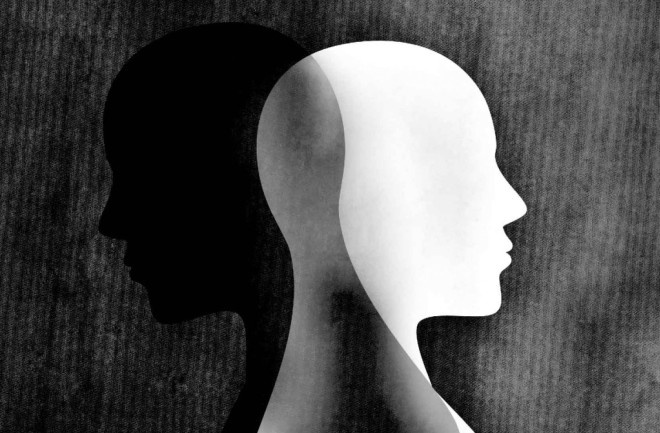If stories about psychopaths fascinate you, you might’ve heard of something called the dark triad. It’s a trio of traits that psychologists developed in the early 2000s to measure the more sinister aspects of human personality. Now, a team from the University of Pennsylvania and the University of Hawai’i-West O’ahu has finally crafted a counterpart test of the so-called light triad traits.
The Light Triad: Psychologists Outline the Personality Traits of Everyday Saints
Researchers come up with a 'light triad' test to mirror the famous 'dark triad.'

(Credit: Melitas/Shutterstock)
Newsletter
Sign up for our email newsletter for the latest science news
0 free articles left
Want More? Get unlimited access for as low as $1.99/month
Stay Curious
Sign up for our weekly newsletter and unlock one more article for free.
View our Privacy Policy
Want more?
Keep reading for as low as $1.99!
Already a subscriber?
Find my Subscription
More From Discover
Stay Curious
Subscribe
To The Magazine
Save up to 40% off the cover price when you subscribe to Discover magazine.
Copyright © 2025 LabX Media Group
